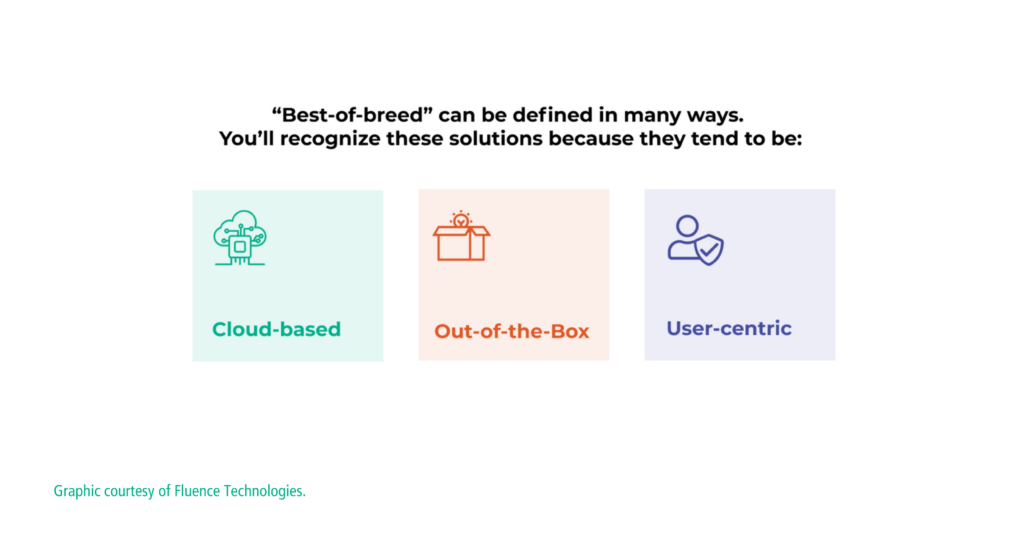Business Performance Management (BPM) is a critical aspect of modern organizations, helping them streamline operations, enhance decision-making, and achieve their strategic goals. In the fast-paced world of BPM, choosing the right vendor and solution can be a daunting task.
The Vendor Landscape Matrix 2023-2024 Edition by BPM Partners provides a comprehensive overview of various BPM vendors, their capabilities, and customer satisfaction ratings, enabling organizations to make informed decisions. The Vendor Landscape Matrix, an annual report by BPM Partners, offers a comprehensive view of the BPM vendor landscape. The report delves into the specifics of various BPM vendors, highlighting their strengths, core capabilities, customer satisfaction ratings, and more.
According to the most recent report, “In the past 12 months, with a somewhat uncertain global economy, the need for performance management systems has continued to grow … The focus this year for companies looking for new or replacement systems are offerings that are integrated, intelligent, and intuitive.” The report also highlights that as extended planning and analysis (xP&A) grows into other areas of operations, “so does the need for seamless integration with a growing list of financial and operational source systems.” As a result, “the vendors are upgrading their data integration capabilities to keep up with this need.”
BPM Partners notes that “the next area of focus is intelligent performance management solutions. This includes both artificial intelligence (AI), as well as financial intelligence.” The report states that “the latest iterations of AI capabilities in most products are aimed at business users, not data scientists.” They define “financial intelligence” as the system “natively understand[ing] income/expense, asset/liability and balance/flow.”
BPM Partners Vendor Landscape Matrix is designed to provide “a point-in-time snapshot of all the core players, their status in the market, and the focus of their offerings.” The 2023-2024 Matrix covers the following BPM vendors: Aceterys, Anaplan, Board International, Centage, Fluence Technologies, IBM, JustPerform, OneStream, Pigment, Planful, Prophix, SAP, TalenTia, Unit4, Vena, Wolters Kluwer CCH Tagetik and XLerant.
Revelwood partners IBM (IBM Planning Analytics) and Fluence Technologies were named a Premier Leader (IBM) and a Leader (Fluence) in the 2023-2024 report. IBM received an Overall BPM Pulse rating of 4.14 (Very Good), while Fluence received an Overall BPM Pulse Rating of 4.67 (Outstanding).
IBM Planning Analytics
The BPM Partners report states that, “IBM Planning Analytics is designed for integrated and extensible planning and offers a unified set of capabilities for budgeting, planning, forecasting, analysis and reporting for financial as well as operational data.” The solution has an 82% recommendation rate. Recent developments include a new SaaS option for IBM Planning Analytics with AWS and IBM Envizi working with Planning for ESG reporting.
Fluence Technologies
According to BPM Partners, “The Fluence Close-to-Disclose platform is a cloud-based, consolidation-first solution that includes Fluence Account Reconciliation, Fluence Consolidation with out-of-the-box consolidation models and calculations, close management, Fluence Disclosure Management” and more. The solution has a 95% recommendation rate.
BPM Partners’ Vendor Landscape Matrix 2023-2024 Edition is a valuable resource for organizations seeking a comprehensive guide to BPM vendors. It offers detailed insights into vendors’ capabilities, customer satisfaction, and strengths, making it an indispensable tool for anyone embarking on their BPM journey. In a world where informed decisions drive success, this report empowers organizations to select the right BPM solution with confidence.









